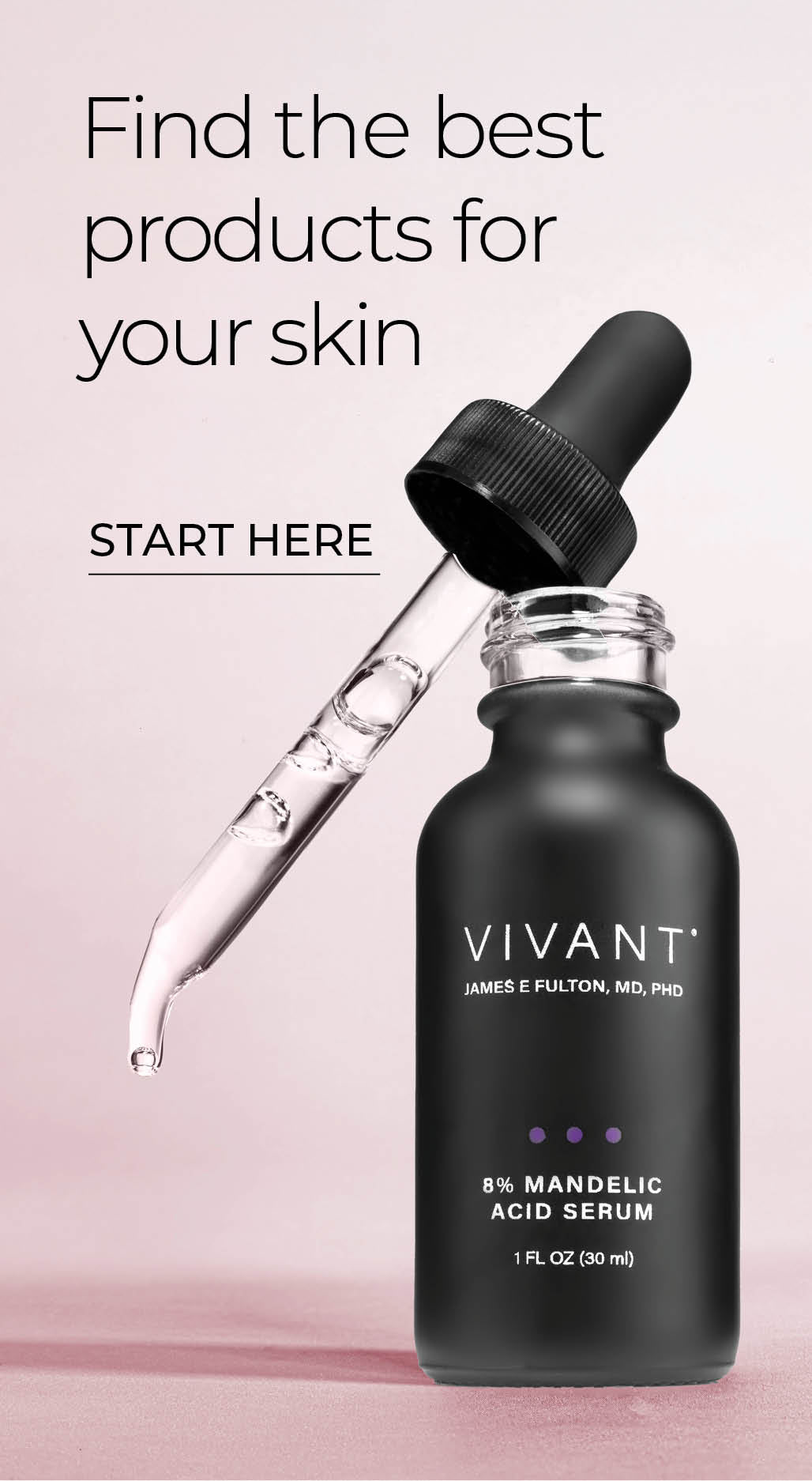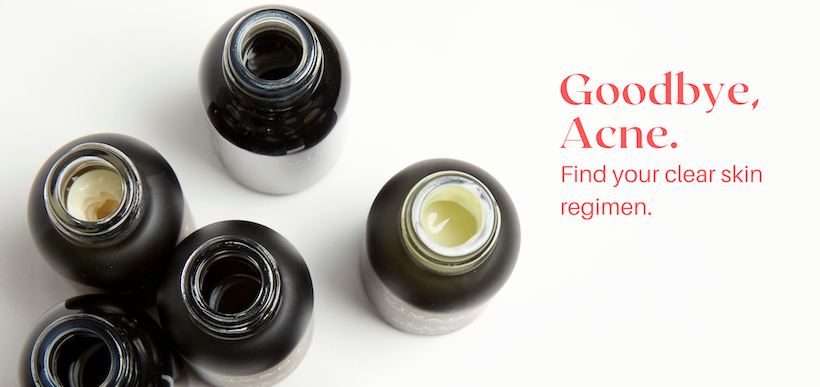Getting Even: 8 Things to Know About Protecting Your Tone

A smooth, even-toned complexion is top of the list for most people when it comes to skin care goals. How do you get there? Time, patience, proper skin care, and consistency are just the beginning. We’ve collected eight complexion-crucial insights to help expand your understanding and improve your tone.
Not all dark spots are the same. There are three main types. Solar lentigines, or what are commonly referred to as age spots, come from UV exposure over time. Melasma, which appears as more of a swath than a spot and often has a more muted than dark tone, is usually attributed to hormone fluctuations due to pregnancy or birth control. Post-inflammatory hyperpigmentation (PIH) is the result of injury or trauma to the skin that triggers a protective melanin response. Cuts, burns, inflammatory pimples, picking at pimples, waxing, and in-grown hairs are some of the triggers for PIH (especially in dark skin tones).
Dark spots can show up anywhere. We tend to focus all our attention on the face when we think about protecting and repairing the skin. But all skin can show signs of discoloration from any of the causes mentioned above. It’s not just areas that are regularly exposed to the sun like your hands, forearms, and décolletage that you need to worry about. Cuts on your legs can result in PIH. The heat from your laptop can cause dark marks on the tops of your thighs. Bacne? Yes, you may find dark marks on your back as a result.
Dark marks left by acne are not scars. These are the marks of post-inflammatory hyperpigmentation (PIH), the body’s melanin response to inflammation and irritation. PIH marks linger but are typically not permanent. They can be addressed through a combination of exfoliation and topical brighteners. Vitamin A propionate, kojic acid, mandelic acid, lactic acid, hydroquinone, and niacinamide are among the top ingredients for fading dark marks caused by PIH.
Exfoliation reduces discoloration. Exfoliation helps to reduce the excess pigment by removing it layer by layer. Because the pigment starts deep in the skin, the process is not fast, but it will eventually help to fade these spots. Additionally, clearing away debris and dead skin optimizes the skin for the application of additional products. Brightening ingredients will penetrate more deeply and work more effectively. Just be careful not to overdo it, especially with physical exfoliation. Over-exfoliating can irritate skin and trigger reactive pigment.
Your body has built-in brighteners. Glutathione, considered the “master antioxidant,” is present in almost every cell in the body. It’s known to be an inhibitor of tyrosinase, the enzyme responsible for catalyzing melanin production. As you age, glutathione production decreases in the body. You can give it a boost by eating glutathione-rich foods (asparagus, avocado, spinach, okra, broccoli, cantaloupe, tomato, carrot, grapefruit, orange—all best eaten raw to maximize the bioavailability of glutathione). Vitamin C, green tea, and niacinamide—all ingredients found in Vivant products—are essential to the synthesis of glutathione.
Waxing is a trigger for melanin. Hair removal treatments—waxing, plucking, lasers, depilatories (sometimes even shaving) cause damage to the follicle, which can trigger melanin production known as post-inflammatory hyperpigmentation. Ice compress immediately following the procedure, along with a soothing lotion like Vivant’s Allantoin Sedating & Hydrating Lotion can help to calm and repair the damage.
Vitamin C and E enhance the effects of sunscreen. The biggest contributor to discoloration is UV exposure. If it’s not the initial cause, it’s an exacerbator. Vitamin C & E have powerful photo-protective effects on their own, but together they possess a rare synergy. And when the two are used along with a broad-spectrum sunscreen, the antioxidant power couple has been shown to enhance protection against UV-induced epidermal thickening, and to inhibit MMP-1, the primary enzyme responsible for collagen damage and photo-aging, including excess pigment. A good reason to start your day with our Spin Trap Antioxidant Serum.
There are no quick fixes. Because melanin is generated deep in the skin, the process of removing excess pigment is not fast. It happens through a process of disrupting production and sloughing it away from the surface layer by layer. It will take approximately eight weeks to achieve visible results. Patience is key.


Comments